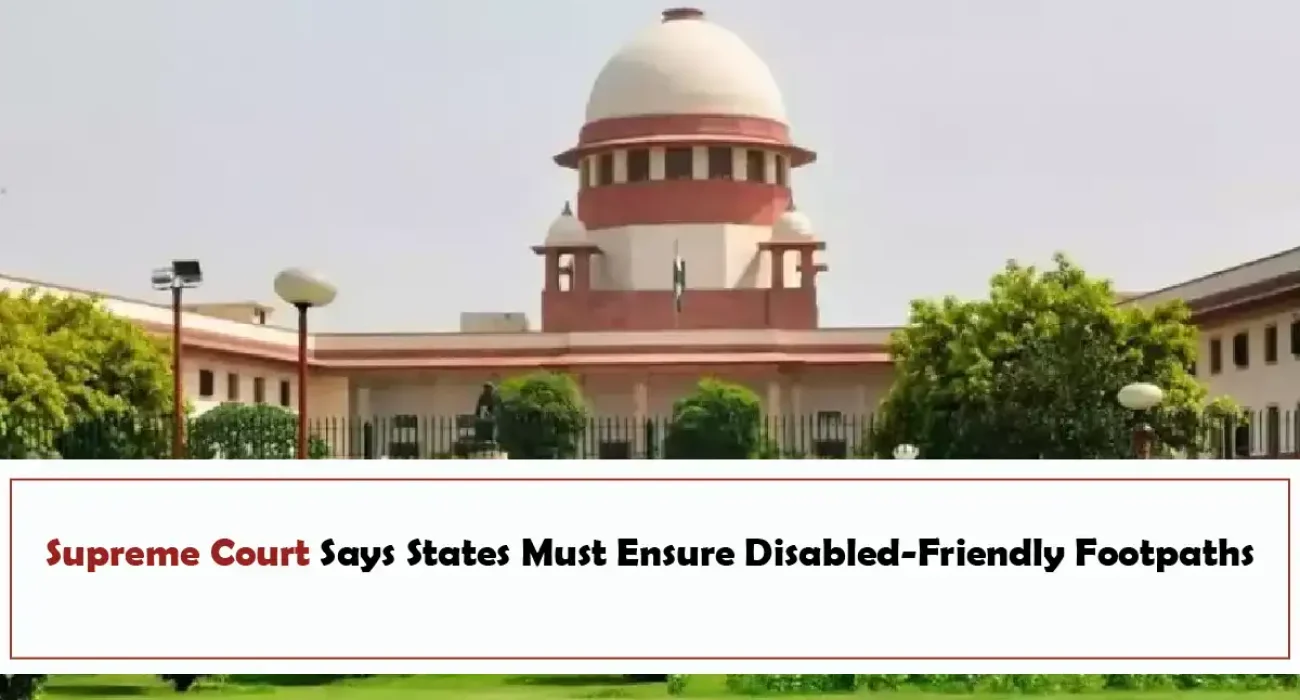

Table of Contents
ToggleIn a public interest litigation concerning road and pedestrian safety, the Supreme Court of India was addressing issues related to the lack of accessible footpaths, particularly for persons with disabilities. The case, S Rajaseekaran v. Union of India & Ors, highlighted that 19.5% of all road accident deaths involve pedestrians. The Court was informed by Amicus Curiae Gaurav Agarwal that despite existing guidelines from the Indian Roads Congress (IRC) and the Union Ministry of Urban Affairs, road-owning agencies, including the National Highways Authority of India (NHAI), have failed to ensure proper, unobstructed, and disabled-friendly footpaths.
The petitioner and intervenors contended that the absence of safe, accessible, and encroachment-free footpaths is a serious violation of the fundamental rights of pedestrians, especially persons with disabilities. They stressed that current infrastructure either does not exist or is dangerously inadequate, forcing pedestrians onto roads and exposing them to grave risks.
The Union of India and various state authorities, while acknowledging the need for better infrastructure, had not shown substantial progress in ensuring compliance with established safety standards. The Court noted slow implementation, lack of uniform policies across states and UTs, and delays in forming a National Road Safety Board, which was mandated by law.
The Supreme Court emphasized that safe and accessible footpaths are an essential part of the right to life under Article 21 of the Constitution.
“Since Olga Tellis v. Union of India, this Court has recognised that the right of pedestrians to use footpaths is guaranteed under Article 21 of the Constitution. The right to have footpaths that are unobstructed is certainly an essential part of Article 21.”
The Court also observed that “If there are no proper footpaths, pedestrians will be forced to walk on roads, exposing them to significant danger and contributing to a substantial number of accidents.”
Citing the landmark decision in Olga Tellis v. Bombay Municipal Corporation, ((1985) 3 SCC 545), the Court reiterated that the right to livelihood includes the right to move freely and safely on public infrastructure.
The Court issued comprehensive directions to protect the rights of pedestrians, particularly persons with disabilities:
The matter is listed for further hearing on August 1, 2025.
Credits: Adv. Deeksha Rai
IAW resources
Browse our help directory